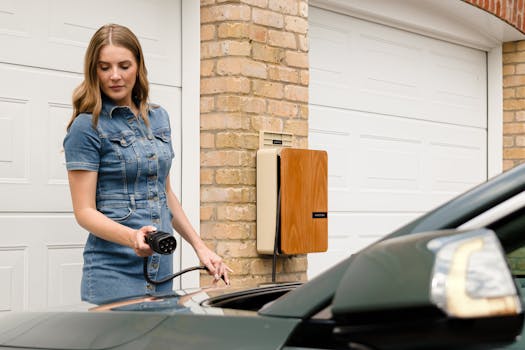
Smart Homes and Smart Living: The Technological Transformation of European Homes by 2025
Smart Homes and Smart Living is the future of European homes, with technological advancements transforming the way we live, work, and interact with our living spaces. The concept of smart homes has been around for several years, but it’s only recently that we’ve seen a significant surge in its adoption. By 2025, smart homes are expected to be the norm, offering unparalleled convenience, efficiency, and sustainability.
What are Smart Homes?
Smart homes refer to living spaces that are equipped with advanced technologies, such as home automation systems, IoT devices, and artificial intelligence. These technologies enable homeowners to control and monitor various aspects of their home, including lighting, temperature, security, and entertainment, remotely or through voice commands.
Benefits of Smart Homes
The benefits of smart homes are numerous. Some of the most significant advantages include:
- Increased convenience: Smart homes allow homeowners to control various aspects of their home with ease, making it easier to manage their daily lives.
- Improved energy efficiency: Smart homes can optimize energy consumption, reducing waste and saving homeowners money on their utility bills.
- Enhanced security: Smart homes can be equipped with advanced security systems, including cameras, motion sensors, and door locks, to provide an additional layer of protection.
- Increased property value: Smart homes can increase property value, making them more attractive to potential buyers.
Technological Advancements
The technological transformation of European homes is being driven by several key factors, including:
- Internet of Things (IoT): The IoT refers to the network of physical devices, vehicles, and other items that are embedded with sensors, software, and connectivity, allowing them to collect and exchange data.
- Artificial Intelligence (AI): AI is being used to develop intelligent home automation systems that can learn and adapt to homeowners’ preferences and habits.
- 5G Networks: The rollout of 5G networks is providing faster and more reliable internet connectivity, enabling the widespread adoption of smart home technologies.
European Homes by 2025
By 2025, European homes are expected to be transformed by smart technologies. Some of the key trends that are expected to shape the future of European homes include:
- Increased adoption of voice assistants: Voice assistants, such as Amazon Alexa and Google Assistant, are expected to become more prevalent in European homes, allowing homeowners to control their living spaces with ease.
- Growing demand for smart home devices: The demand for smart home devices, such as smart thermostats and smart lighting systems, is expected to increase, driven by consumer desire for convenience and energy efficiency.
- More focus on sustainability: European homes are expected to become more sustainable, with a focus on renewable energy sources, energy-efficient appliances, and eco-friendly building materials.






